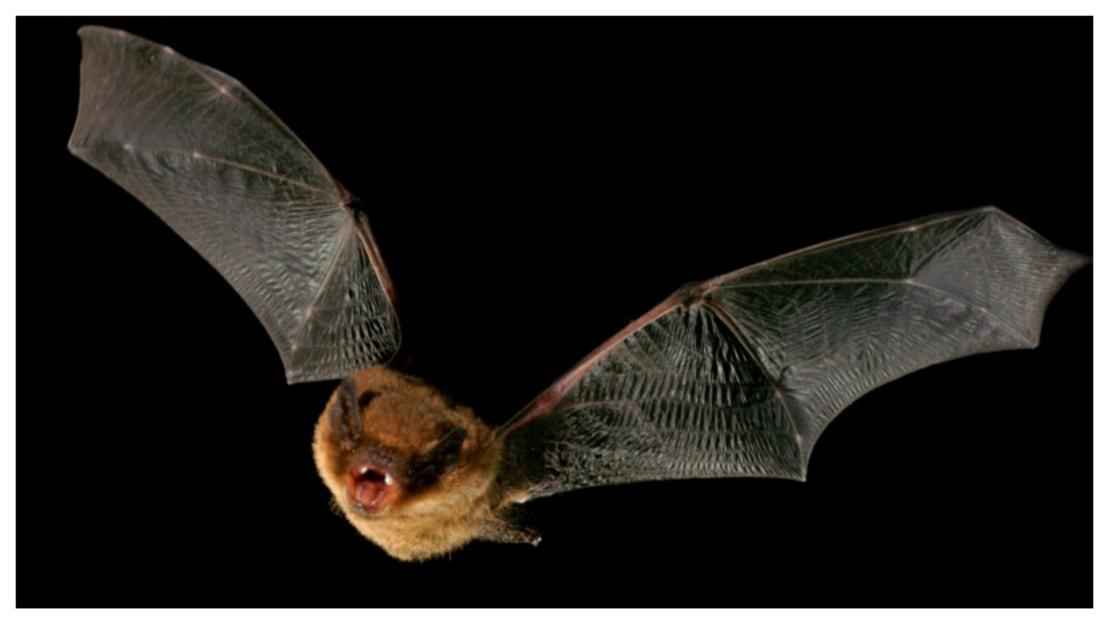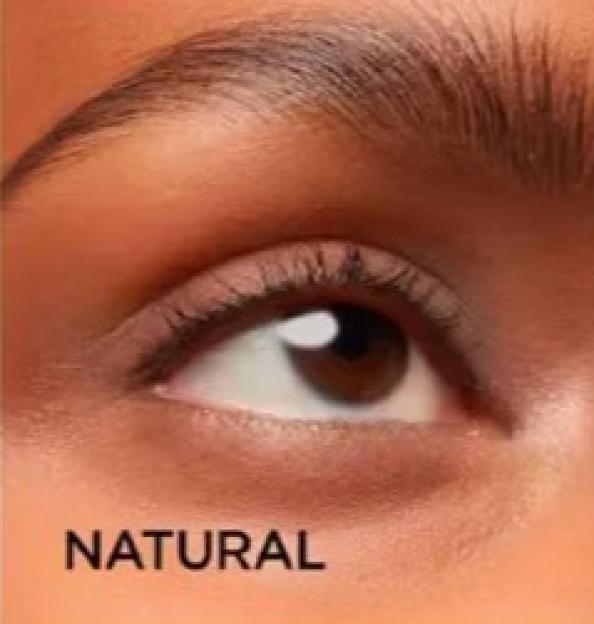KING Charles is to provide a new home for bats at his Scottish mansion so work can go ahead.
Surveys found evidence of potential roosting sites after he applied for permission to build a luxury wedding venue in Dumfries House near Cumnock, Ayrshire, where bat boxes have now been installed in the grounds of the A-listed building.
 The common pipistrelle is having to fight for survival.
The common pipistrelle is having to fight for survival. A cloud of dreaded midges, that can blight any summer event.
A cloud of dreaded midges, that can blight any summer event. Dr Joe Nunez-Mino is one of the UK’s top bat experts.
Dr Joe Nunez-Mino is one of the UK’s top bat experts.But The King isn’t the only one to be left in a flap over bats with a £100million “bat tunnel” also constructed for the controversial HS2 rail line in Buckinghamshire.
Chief Features Writer MATT BENDORIS speaks to a top conservationist about why we need to help these nocturnal flying mammals.
DOCTOR Joe Nunez-Mino has many reasons why a thriving bat population is good for the environment but one should endear them to Scots more than others â their voracious appetite for midges.
As the biting insects continue to cause havoc at family barbecues and day-trips this summer, the one thing helping to keep them at bay are Scotland’s airborne mammals.
And Dr Joe from the Bat Conservation Trust insists that our nine species of resident bats help in many other ways too.
He said: “We can only estimate but we do know bats eat a lot of insects, each individual bat eating hundreds or even thousands (of midges) every night.
“Different bat species specialise in eating different insects, from biting insects like midges through to moths, including some insects that damage crops and gardens.
“To give one example, a study published last year estimated that bats in apple orchards reduce the total weight of apples damaged by codling moths by 50 per cent.”
In the UK all bat species and their roosts are legally protected by both European legislation and domestic laws including Conservation of Habitats and Species Regulations (2017).
But since the Wildlife and Countryside Act of 1981 it has been a criminal offence to disturb a structure or place bats use for shelter or protection.
It means DIY and commercial builders have to carry out expensive bat surveys costing several thousands â or more if the mammals are found and need to be removed.
Dr Joe said: “There is a cost associated with protecting the environment just like there is with health and safety or protecting historical heritage.
“While we as an organisation don’t have any control or influence on the costs of bat surveys, we have worked with some Statutory Nature Conservation Organisations (SNCO) to streamline the process where possible.
“To avoid delays, it’s important to take bats into account from the earliest stages of planning work.”
He adds: “Having a bat roost does not prevent developing a property, bats just need to be taken into account as part of the process. Householders should seek advice from their SNCO.”
However Dr Joe believes that bats get a bad press including the 1km long bat tunnel in Buckinghamshire that added an extra £100million to the runaway cost of the HS2 rail line.
He said: “We were not involved in the process. However, we do know that multiple cross-party inquiries have found that HS2’s delays and cost overruns stem from mismanagement, not nature protections.
“HS2 did not carry out a timely strategic environmental assessment which could have identified viable alternatives that could have avoided significant expenditure and delay.”
While in 2002 Scottish wildlife artist David McRae, 56, from Tayside, died from rabies after being bitten by a bat â it was the first case of indigenous rabies in the UK in 100 years.
Dr Joe said: “Two rabies-related viruses have been detected in two bat species in the UK and in only a very small number of individuals.
“If someone is bitten, licked, nipped or scratched by a bat they should wash and disinfect the area and urgently seek medical treatment.
“The NHS has said prompt post-exposure vaccinations have been 100 per cent effective in preventing the disease.”
But Dr Joe believes that work done by organisations like his and the stringent laws are helping bats, which have been in decline, to slowly make a recovery.
He explains: “All bat species have suffered historical declines in population numbers but we have seen signs of initial recovery in some species.
“We are currently able to monitor five of the nine resident bat species in Scotland through the National Bat Monitoring Program.
“Of these five, four species â Daubenton’s bat, Natterer’s bat, common pipistrelle and brown long-eared bat â show no significant change since the base line year of 1999 and one species has increased â soprano pipistrelle.
“Bat conservation is important because they are a vital part of our natural heritage which make up around a quarter of our mammal species and they also play a critical role in the ecosystem.
“There is very good evidence that bat populations help to reduce the need for pesticides which ultimately harms the health of other wildlife and people too.”
He adds: “Scotland would have a lot more midges and other insects without them.”
*For more information on the Bat Conservation Trust visit bats.org.uk
 Soprano Pipistrellebat numbers are showing signs of recovery.
Soprano Pipistrellebat numbers are showing signs of recovery.







